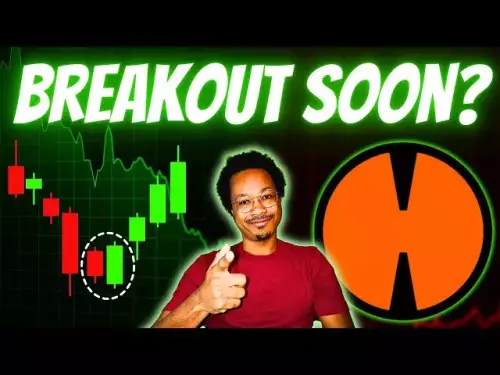-
 bitcoin
bitcoin $113137.862908 USD
0.65% -
 ethereum
ethereum $4107.436072 USD
-1.96% -
 xrp
xrp $2.908808 USD
2.59% -
 tether
tether $1.000294 USD
0.01% -
 bnb
bnb $1010.914842 USD
-1.12% -
 solana
solana $210.653310 USD
-2.16% -
 usd-coin
usd-coin $0.999776 USD
-0.01% -
 dogecoin
dogecoin $0.239360 USD
-0.04% -
 tron
tron $0.337849 USD
0.37% -
 cardano
cardano $0.807698 USD
-0.61% -
 hyperliquid
hyperliquid $45.387447 USD
0.61% -
 chainlink
chainlink $21.408287 USD
-0.92% -
 ethena-usde
ethena-usde $1.000509 USD
-0.04% -
 avalanche
avalanche $32.634682 USD
-4.77% -
 sui
sui $3.349772 USD
-0.19%
How to use DMI in a 30-minute cycle? How many minutes of DMI should be used for short-term trading?
Using DMI in a 30-minute cycle can be effective for short-term trading; watch for +DI/-DI crossovers and use ADX to confirm trend strength.
May 24, 2025 at 04:07 pm
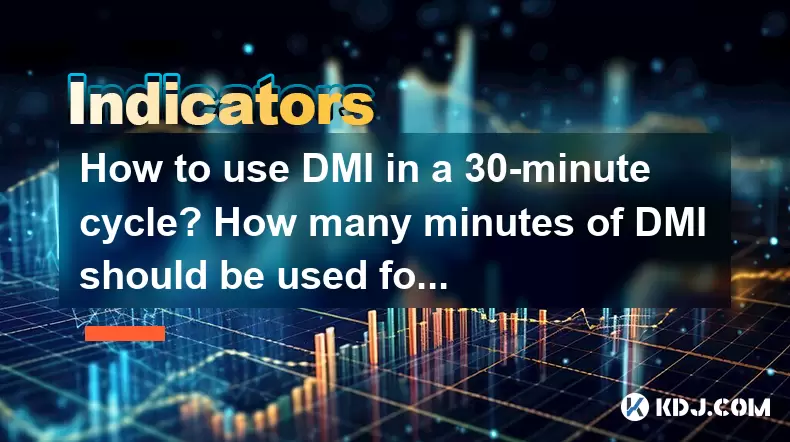
Using DMI (Directional Movement Index) in a 30-minute cycle for trading can be an effective strategy for short-term traders. The DMI is a technical indicator that helps traders determine the strength of a trend and potential price direction. In this article, we will explore how to effectively use DMI in a 30-minute cycle and discuss the optimal duration of DMI for short-term trading.
Understanding DMI and Its Components
The DMI consists of three main components: the Positive Directional Indicator (+DI), the Negative Directional Indicator (-DI), and the Average Directional Index (ADX). The +DI measures the upward movement in price, while the -DI measures the downward movement. The ADX, on the other hand, quantifies the strength of the trend, regardless of its direction.
+DI and -DI are plotted on the same chart, and their crossovers can signal potential trend changes. When the +DI crosses above the -DI, it suggests a bullish trend, and when the -DI crosses above the +DI, it indicates a bearish trend. The ADX is typically plotted on a separate chart and is used to confirm the strength of the trend indicated by the +DI and -DI.
Setting Up DMI for a 30-Minute Cycle
To use DMI in a 30-minute cycle, you need to configure your trading platform accordingly. Most trading platforms allow you to adjust the timeframe and add technical indicators. Here’s how you can set up DMI for a 30-minute cycle:
- Select the 30-minute timeframe on your chart. This will ensure that each candle represents 30 minutes of price action.
- Add the DMI indicator to your chart. This can usually be done by selecting the indicator from a list of available technical indicators.
- Configure the DMI settings. The default settings for DMI are often 14 periods for the +DI, -DI, and ADX. You can keep these settings or adjust them based on your trading strategy.
Interpreting DMI Signals in a 30-Minute Cycle
Once you have set up the DMI on a 30-minute chart, you can start interpreting the signals it provides. Here’s how to use DMI in a 30-minute cycle:
- Watch for crossovers between +DI and -DI. When the +DI crosses above the -DI, it can be a signal to consider entering a long position. Conversely, when the -DI crosses above the +DI, it might be a signal to consider a short position.
- Monitor the ADX. An ADX value above 25 typically indicates a strong trend. If the ADX is below 20, it suggests a weak or non-existent trend. Use the ADX to confirm the strength of the trend indicated by the +DI and -DI crossover.
- Combine DMI with other indicators. To increase the reliability of your trading signals, consider combining DMI with other indicators such as moving averages or the Relative Strength Index (RSI).
Using DMI for Short-Term Trading
Short-term trading often involves holding positions for a few minutes to a few hours. The duration of DMI used for short-term trading can vary based on the trader’s strategy and the market conditions. However, a common approach is to use DMI on shorter timeframes, such as 5-minute or 15-minute charts, for more frequent trading opportunities.
- 5-minute DMI: Using DMI on a 5-minute chart can provide more granular signals and is suitable for traders who want to enter and exit positions quickly. The signals on a 5-minute chart will be more frequent but may also be more susceptible to false signals.
- 15-minute DMI: A 15-minute chart offers a balance between the frequency of signals and their reliability. It can be a good choice for traders looking to hold positions for a slightly longer duration while still engaging in short-term trading.
Practical Example of Using DMI in a 30-Minute Cycle
Let’s walk through a practical example of using DMI in a 30-minute cycle for short-term trading:
- Step 1: Open your trading platform and set the chart to a 30-minute timeframe.
- Step 2: Add the DMI indicator to the chart with the default settings (14 periods for +DI, -DI, and ADX).
- Step 3: Monitor the chart for a crossover between the +DI and -DI. For example, if the +DI crosses above the -DI, consider it a potential bullish signal.
- Step 4: Check the ADX to confirm the strength of the trend. If the ADX is above 25, it suggests a strong trend, which could increase the reliability of the bullish signal.
- Step 5: Enter a long position based on the bullish signal and the confirmation from the ADX.
- Step 6: Set a stop-loss order to manage risk. The stop-loss level can be determined based on recent price action or support levels.
- Step 7: Monitor the position and consider exiting when the -DI crosses above the +DI or when the ADX starts to decline, indicating a weakening trend.
Optimizing DMI for Different Market Conditions
The effectiveness of DMI in a 30-minute cycle can vary depending on market conditions. Here are some tips for optimizing DMI for different scenarios:
- Trending markets: In a trending market, the ADX is likely to be above 25, and the +DI and -DI crossovers will be more reliable. Use DMI to identify the direction of the trend and enter trades accordingly.
- Range-bound markets: In a range-bound market, the ADX will typically be below 20, and the +DI and -DI crossovers may be less reliable. Consider using DMI in conjunction with other indicators to identify potential breakouts from the range.
- Volatile markets: In volatile markets, the DMI signals may be more frequent but also more prone to false signals. Adjust the DMI settings, such as reducing the number of periods, to adapt to the increased volatility.
Combining DMI with Other Indicators
To enhance the effectiveness of DMI in a 30-minute cycle, consider combining it with other technical indicators. Here are some popular combinations:
- DMI and Moving Averages: Use moving averages to confirm the trend direction indicated by the DMI. For example, if the +DI crosses above the -DI and the price is above a moving average, it can provide additional confirmation of a bullish trend.
- DMI and RSI: The Relative Strength Index (RSI) can help identify overbought or oversold conditions. Combine DMI with RSI to avoid entering trades in overbought or oversold markets.
- DMI and MACD: The Moving Average Convergence Divergence (MACD) can provide additional trend confirmation. If the DMI indicates a bullish trend and the MACD histogram is positive, it can strengthen the bullish signal.
Frequently Asked Questions
Q1: Can DMI be used for long-term trading?A1: Yes, DMI can be used for long-term trading by adjusting the timeframe to daily or weekly charts. The signals on longer timeframes will be less frequent but potentially more reliable for long-term trend analysis.
Q2: How can I avoid false signals when using DMI?A2: To avoid false signals, combine DMI with other indicators such as moving averages or RSI, and use the ADX to confirm the strength of the trend. Additionally, consider using DMI on multiple timeframes to increase the reliability of the signals.
Q3: Is it necessary to use the default settings for DMI?A3: The default settings for DMI (14 periods) are commonly used and can be effective for many traders. However, you can adjust the settings based on your trading strategy and the market conditions. Experiment with different settings to find what works best for you.
Q4: Can DMI be used for all types of cryptocurrencies?A4: Yes, DMI can be used for all types of cryptocurrencies. However, the effectiveness of DMI may vary depending on the liquidity and volatility of the specific cryptocurrency. Always consider the market conditions and the characteristics of the cryptocurrency when using DMI.
Disclaimer:info@kdj.com
The information provided is not trading advice. kdj.com does not assume any responsibility for any investments made based on the information provided in this article. Cryptocurrencies are highly volatile and it is highly recommended that you invest with caution after thorough research!
If you believe that the content used on this website infringes your copyright, please contact us immediately (info@kdj.com) and we will delete it promptly.
- Coin Value Challenge: Navigating the Shifting Sands of Crypto and Tradition
- 2025-09-26 08:25:13
- XRP, Cardano, and Opportunity: Navigating the Crypto Landscape in 2025
- 2025-09-26 08:25:13
- Pepe, Price Prediction, and Returns: Is the Meme Magic Fading?
- 2025-09-26 08:45:14
- BullZilla: The Meme Coin Behemoth with 100x Potential?
- 2025-09-26 08:30:01
- Base's Blockchain Base: Developers Drive TVL Goal to $5 Billion and Beyond
- 2025-09-26 08:45:14
- MoonBull Presale: Your Ticket to the Next Pepe-Level Crypto Opportunity?
- 2025-09-26 08:30:01
Related knowledge
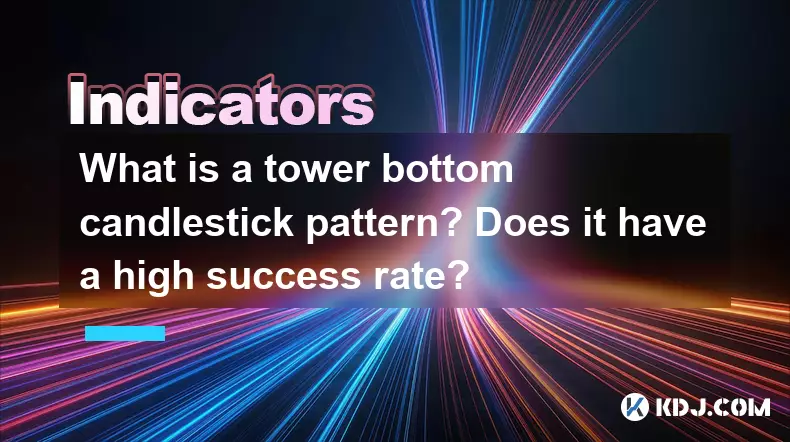
What is a tower bottom candlestick pattern? Does it have a high success rate?
Sep 22,2025 at 07:18am
Tower Bottom Candlestick Pattern Explained1. The tower bottom candlestick pattern is a reversal formation that typically appears at the end of a downt...
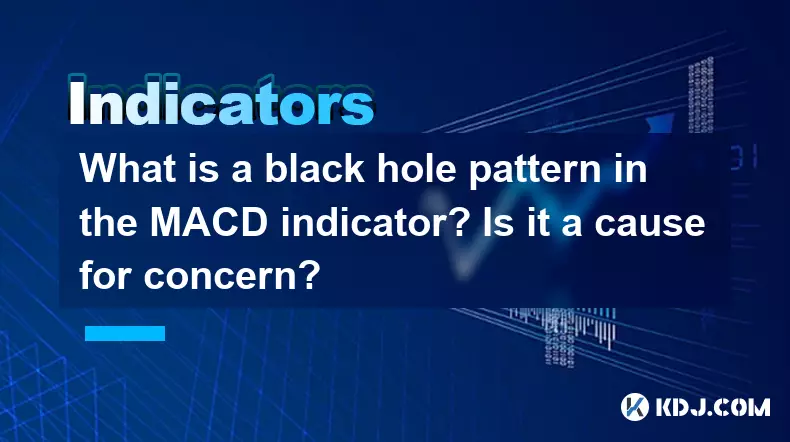
What is a black hole pattern in the MACD indicator? Is it a cause for concern?
Sep 21,2025 at 06:54pm
Bitcoin's Role in Decentralized Finance1. Bitcoin remains the cornerstone of decentralized finance, serving as a benchmark for value and security acro...

How can I use the psychological line (PSY) to determine market sentiment?
Sep 17,2025 at 02:19pm
Understanding the Psychological Line (PSY) in Cryptocurrency TradingThe Psychological Line, commonly referred to as PSY, is a momentum oscillator used...
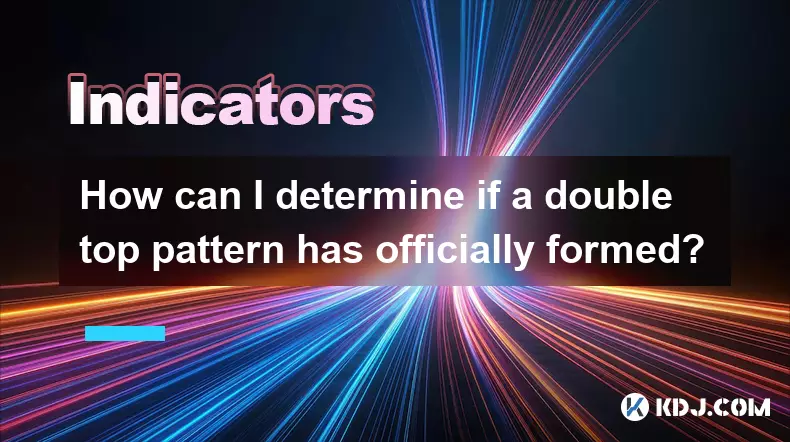
How can I determine if a double top pattern has officially formed?
Sep 21,2025 at 03:18am
Understanding the Structure of a Double Top Pattern1. A double top pattern consists of two distinct peaks that reach approximately the same price leve...
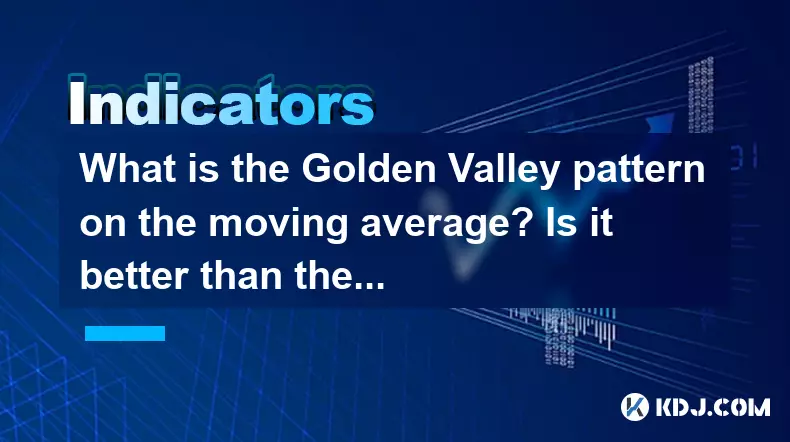
What is the Golden Valley pattern on the moving average? Is it better than the Silver Valley pattern?
Sep 21,2025 at 02:54pm
Understanding the Golden Valley Pattern in Moving Averages1. The Golden Valley pattern is a technical formation observed in cryptocurrency price chart...

What does a death cross of the RSI in the strong zone (above 50) mean?
Sep 17,2025 at 10:54pm
Understanding the Death Cross in RSI Context1. The term 'death cross' is traditionally associated with moving averages, where a short-term average cro...

What is a tower bottom candlestick pattern? Does it have a high success rate?
Sep 22,2025 at 07:18am
Tower Bottom Candlestick Pattern Explained1. The tower bottom candlestick pattern is a reversal formation that typically appears at the end of a downt...

What is a black hole pattern in the MACD indicator? Is it a cause for concern?
Sep 21,2025 at 06:54pm
Bitcoin's Role in Decentralized Finance1. Bitcoin remains the cornerstone of decentralized finance, serving as a benchmark for value and security acro...

How can I use the psychological line (PSY) to determine market sentiment?
Sep 17,2025 at 02:19pm
Understanding the Psychological Line (PSY) in Cryptocurrency TradingThe Psychological Line, commonly referred to as PSY, is a momentum oscillator used...

How can I determine if a double top pattern has officially formed?
Sep 21,2025 at 03:18am
Understanding the Structure of a Double Top Pattern1. A double top pattern consists of two distinct peaks that reach approximately the same price leve...

What is the Golden Valley pattern on the moving average? Is it better than the Silver Valley pattern?
Sep 21,2025 at 02:54pm
Understanding the Golden Valley Pattern in Moving Averages1. The Golden Valley pattern is a technical formation observed in cryptocurrency price chart...

What does a death cross of the RSI in the strong zone (above 50) mean?
Sep 17,2025 at 10:54pm
Understanding the Death Cross in RSI Context1. The term 'death cross' is traditionally associated with moving averages, where a short-term average cro...
See all articles





















